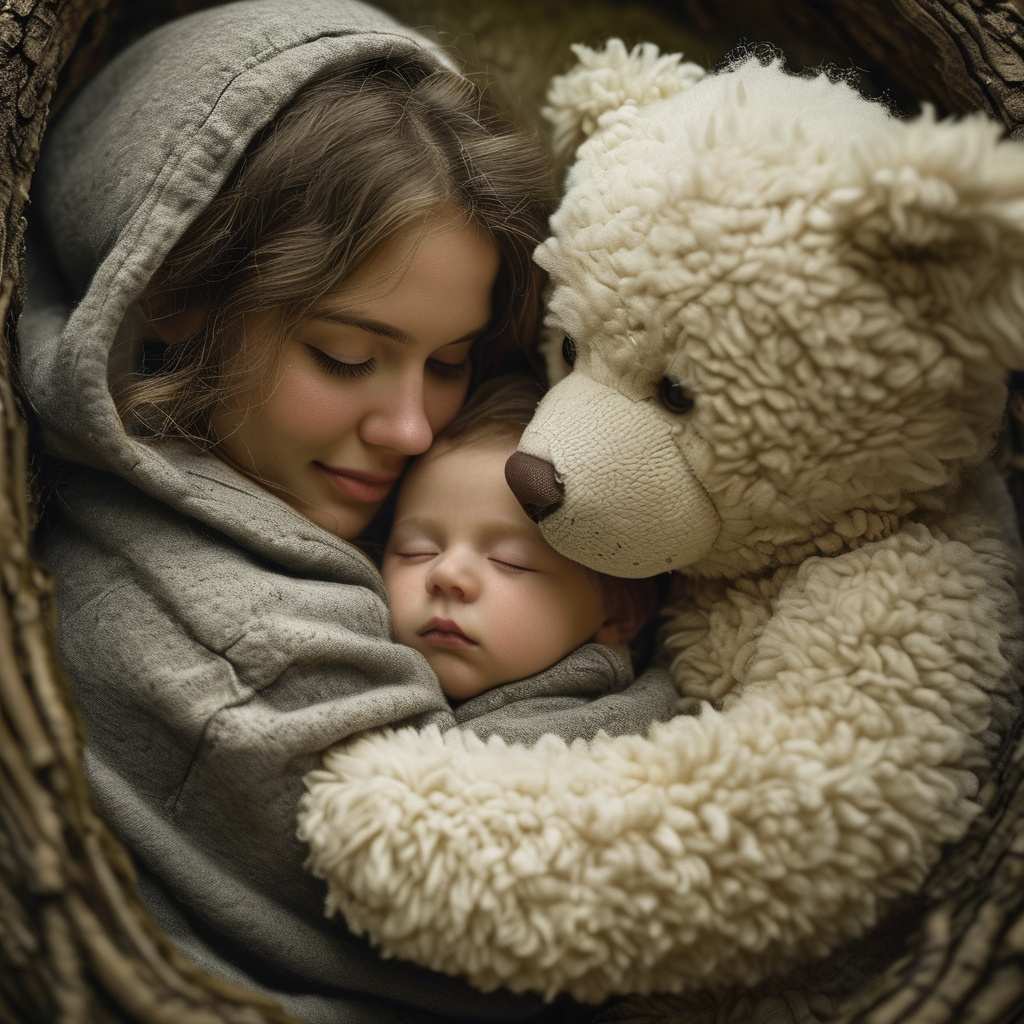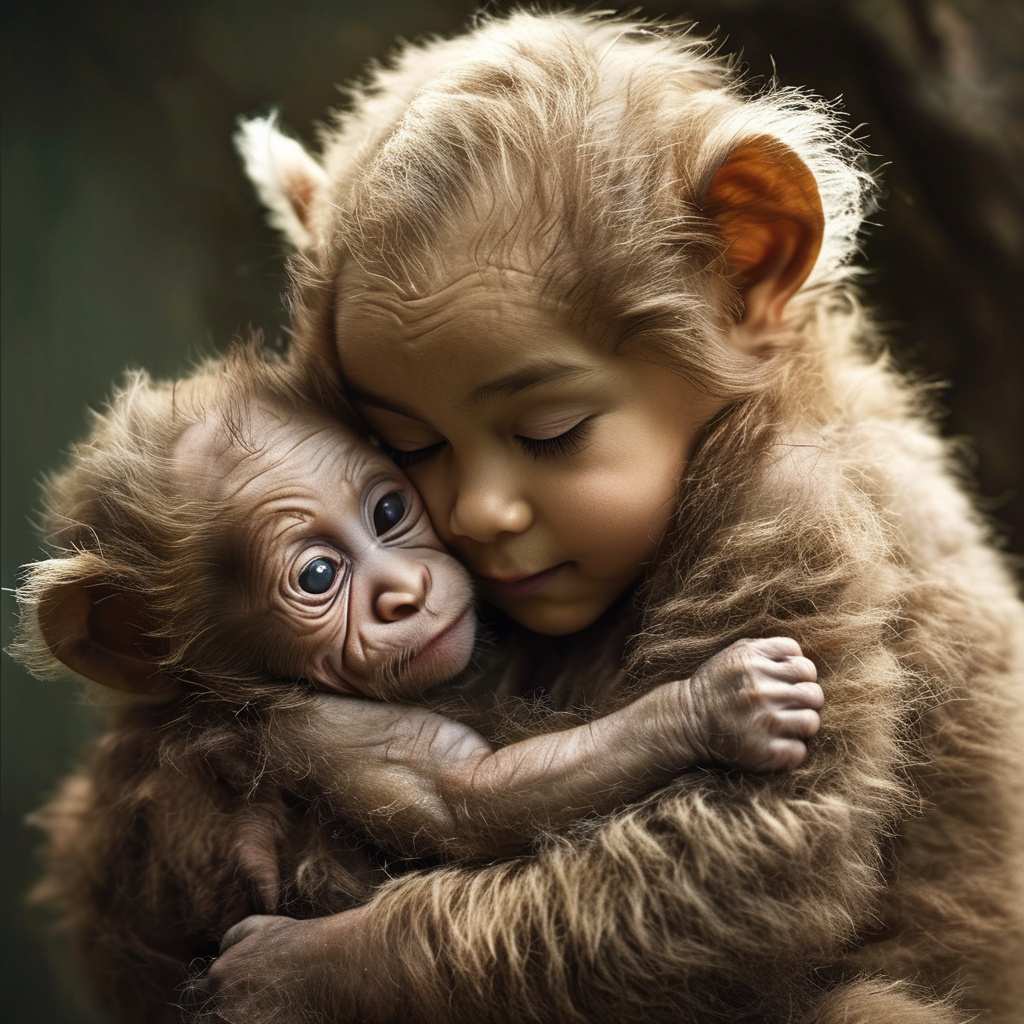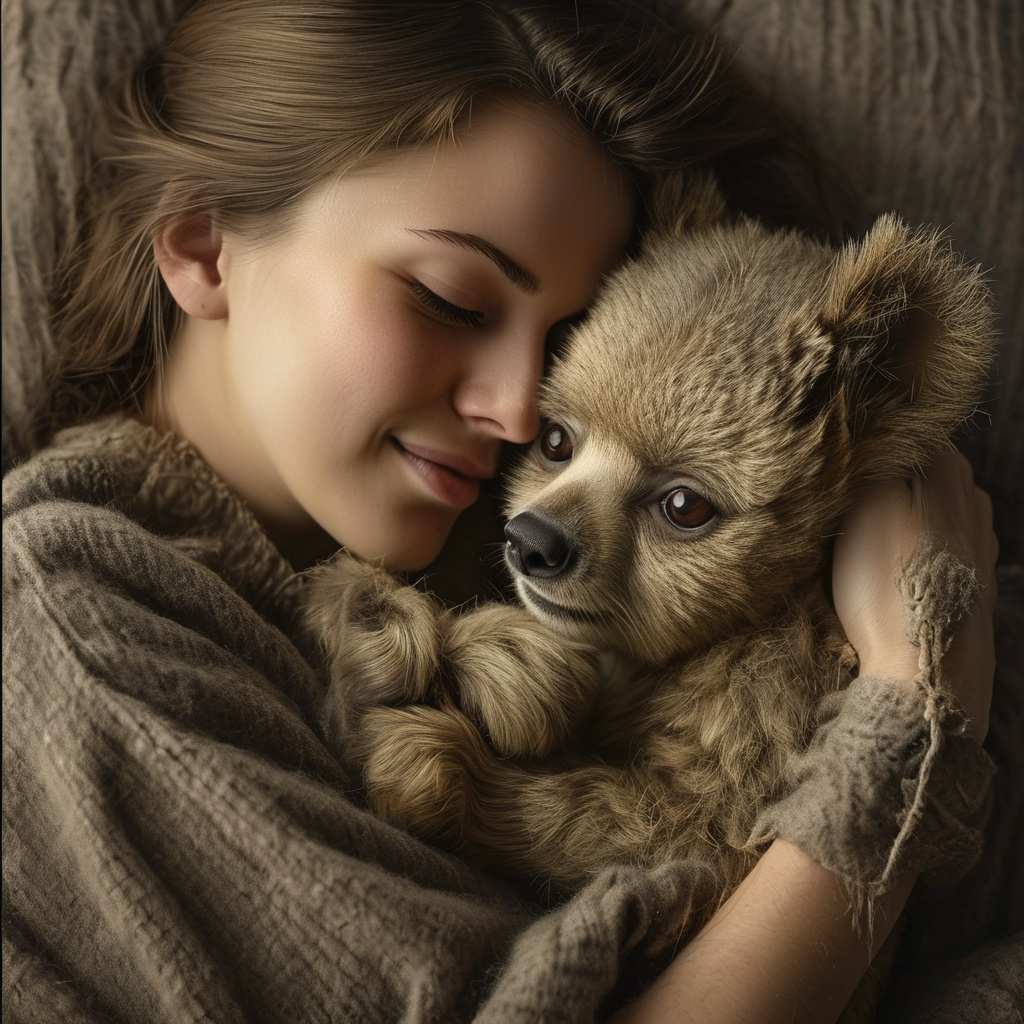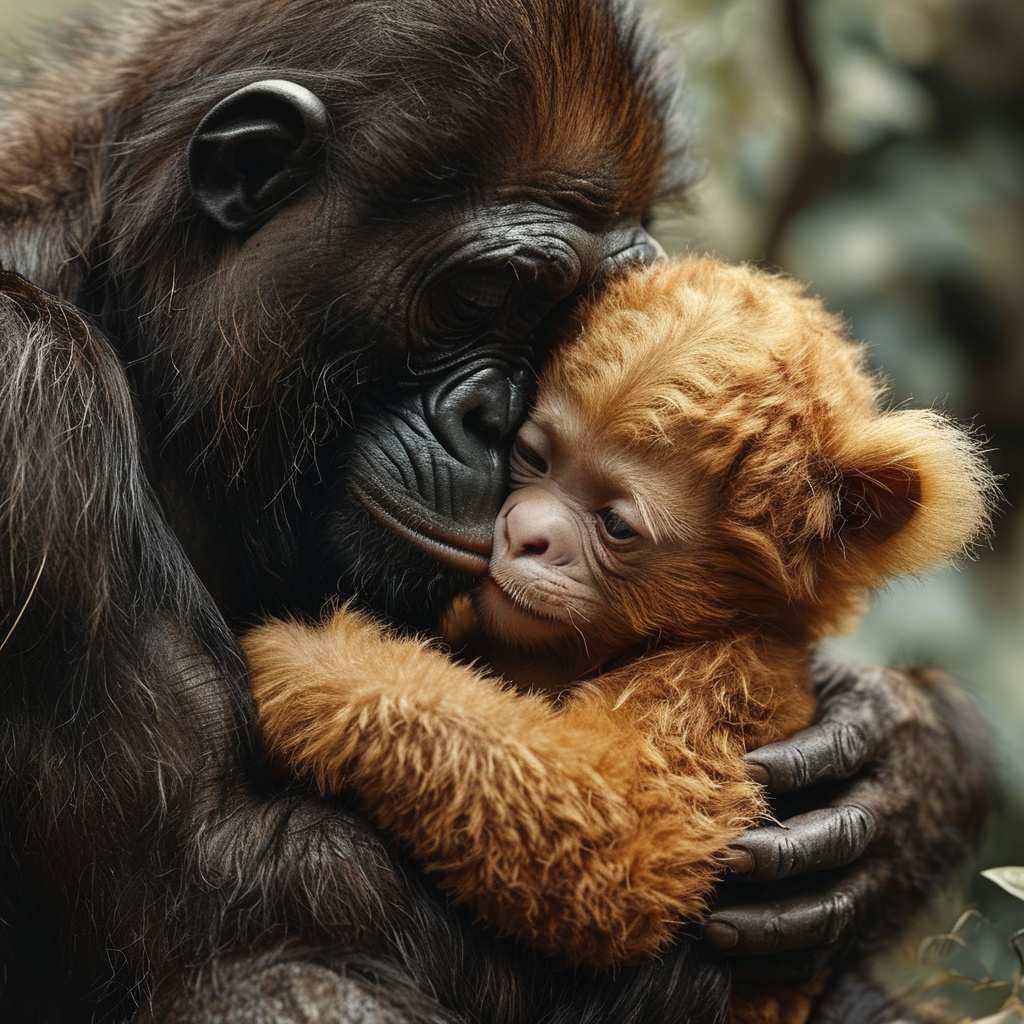 Introduction:
Introduction:
Cuddling is one of the simplest yet most powerful ways to connect with others, whether it’s with our loved ones or furry friends. On cold winter days, the warmth of a hug can provide comfort, foster trust, and strengthen relationships. With International Cuddle Day coming up on January 31, it’s a perfect reminder to embrace the soothing touch. Whether human or animal, physical closeness releases oxytocin, the “love hormone,” which helps reduce stress, improve well-being, and create lasting bonds. It’s not just a human need – dogs and cats crave this connection too, and understanding their preferences is key.
On a cold winter’s day, it’s one of the best things we can do for each other. It’s a great idea to do it every day, at all times, and in most places. It doesn’t matter what size, character, or species you’re cuddling with — it’s a great way to connect and create bonds. There’s a special occasion coming up at the end of January because January 31 is International Cuddle Day. So, let’s give our colleagues a hug and sit down to read about the benefits of the soothing touch.
Related Post: The Energetic and Stubborn Yorkshire Terrier: A Complete Guide
 The origins of Cuddle Day can be traced back to the 1980s. In the midst of our busy lives, it’s easy to forget the importance of showing affection to our loved ones. This also applies to animals. Dogs are mammals, too, so they have an innate need for physical closeness. This need is especially important during adolescence and early childhood, but cuddling has a positive influence on well-being throughout your life.
The origins of Cuddle Day can be traced back to the 1980s. In the midst of our busy lives, it’s easy to forget the importance of showing affection to our loved ones. This also applies to animals. Dogs are mammals, too, so they have an innate need for physical closeness. This need is especially important during adolescence and early childhood, but cuddling has a positive influence on well-being throughout your life.
Oxytocin is the key to happiness in animals and humans. Touch is the first sense that the body uses, and social interactions are essential for proper development and further perception of the world. This is because when we have a nice physical connection with someone, our bodies release oxytocin, which is the hormone of love. It helps us form bonds and feelings, including between different species. Oxytocin puts the brakes on the sympathetic nervous system, which kicks in when we feel threatened or experience severe stress. This process helps to reduce cortisol levels, which is the stress hormone, as well as blood pressure. It also has pain-relieving and relaxing effects.
It’s interesting to note that hugging and touching actually mobilize the body to produce white blood cells at specific points. T and B lymphocytes are what the body uses to fight off viruses and bacteria.
Oxytocin is what helps us form long-lasting and strong bonds. This substance helps to build mutual trust, which is essential for a good relationship between humans and animals.
Related Post: The Essential Guide to Owning and Caring for a Siberian Husky
 It’s not just people who enjoy a good cuddle. For many animals, it’s a daily thing and a way of dealing with tension. Hugs help us feel close to others, which makes us feel safer and more socially connected to our group.
It’s not just people who enjoy a good cuddle. For many animals, it’s a daily thing and a way of dealing with tension. Hugs help us feel close to others, which makes us feel safer and more socially connected to our group.
Let’s look at how hugging affects dogs, cats, and humans.
It lowers your heart rate and blood pressure, helps you feel less depressed, reduces stress, relieves tension and anger, reduces aggression, improves your well-being, relaxes you, and increases your body’s immunity.
The effect of hugging works both ways. Both the animals and their caregivers will feel the benefits.
Related Post: The Loyal and Lively West Highland White Terrier: A Playful Companion with a Strong Personality
It’s clear that dogs and cats need to be close to us. They often come to snuggle alone in the morning or evening. It’s also worth noting that everyone has a different perception of sensitivity and what they’re comfortable with. Some dogs and cats like to be touched from across the room, and that’s enough. Some pets don’t like being held on their knees. We should respect our pet’s individual traits and disposition. It’s not fair to force animals to do what suits us.
 What if the dog or cat isn’t interested in cuddling?
What if the dog or cat isn’t interested in cuddling?
But what if our pet clearly avoids closeness, and it’s not just a matter of character?
A dog or cat’s social behaviour and ability to express feelings correctly develop in the first few weeks and months of life. It’s not good to take a small puppy away from its mother too early or to leave it or push it away from the group. This can leave it traumatized and affect its future life. Animals that have had different experiences and have unpleasant memories can react to attempts at closer contact with fear, anxiety, or even aggression. This is just a defensive reaction, not meant as a personal attack. The best thing for the carers to do in this situation is to give the animal some consistent and gentle care. There’s no pushing or forcing with plenty of kindness, patience, and love. Playing together also releases oxytocin, which helps to strengthen the relationship and increase mutual trust. If we keep up this approach day after day, we should see a lovely result soon.
Related Post: The Unique Charm of Thai Cats: A Return to the Original Siamese Look
Conclusion:
Cuddling is more than just a comforting gesture; it plays a crucial role in fostering connection, building trust, and promoting well-being in both humans and animals. While each individual, be it a dog, cat, or person, has unique preferences for physical affection, the benefits of touch are undeniable. By respecting these boundaries and offering consistent care, we can strengthen our relationships and reduce stress for both ourselves and our pets. As International Cuddle Day approaches, let’s make an effort to embrace more hugs and snuggles, knowing that it improves the happiness and health of everyone involved.
FAQs:
- Why is cuddling beneficial for both humans and animals?
Cuddling helps release oxytocin, the “love hormone,” which reduces stress, lowers blood pressure, boosts immunity, and fosters strong bonds between humans and animals. - How does oxytocin affect the body during cuddling?
Oxytocin lowers cortisol levels (the stress hormone), reduces blood pressure, and promotes feelings of trust and relaxation, making both humans and animals feel more secure. - What should I do if my dog or cat doesn’t like to cuddle?
Respect their boundaries. Some pets prefer less physical touch or need more time to feel comfortable. Offer consistent care, patience, and love without forcing closeness. - Is cuddling important for animals as well as humans?
Yes! Dogs and cats, as social animals, also benefit from physical closeness, which helps reduce their stress, enhances well-being, and strengthens their bond with their caregivers. - Can physical touch improve a pet’s behavior?
Yes, consistent positive touch and gentle care can help a pet feel more secure, reduce aggression or fear, and enhance their ability to trust and bond with humans. - How does cuddling impact a pet’s immune system?
Cuddling stimulates the production of white blood cells, such as T and B lymphocytes, which help fight off infections and improve overall health. - Why do some pets avoid physical closeness despite being social animals?
A pet’s past experiences or trauma may cause fear or anxiety around physical closeness. With patience, play, and gentle care, they can gradually learn to trust and enjoy affection.
References:
- Psychology Today – Understanding Oxytocin
- NCBI – The Role of Oxytocin in Bonding
- Science Daily – Touch Enhances Immune Function
- Humane Society – Benefits of Petting Your Pet
- Psychology Today – Benefits of Cuddling for Children
- American Kennel Club – Why You Should Hug Your Dog
- CDC – Stress Management Tips